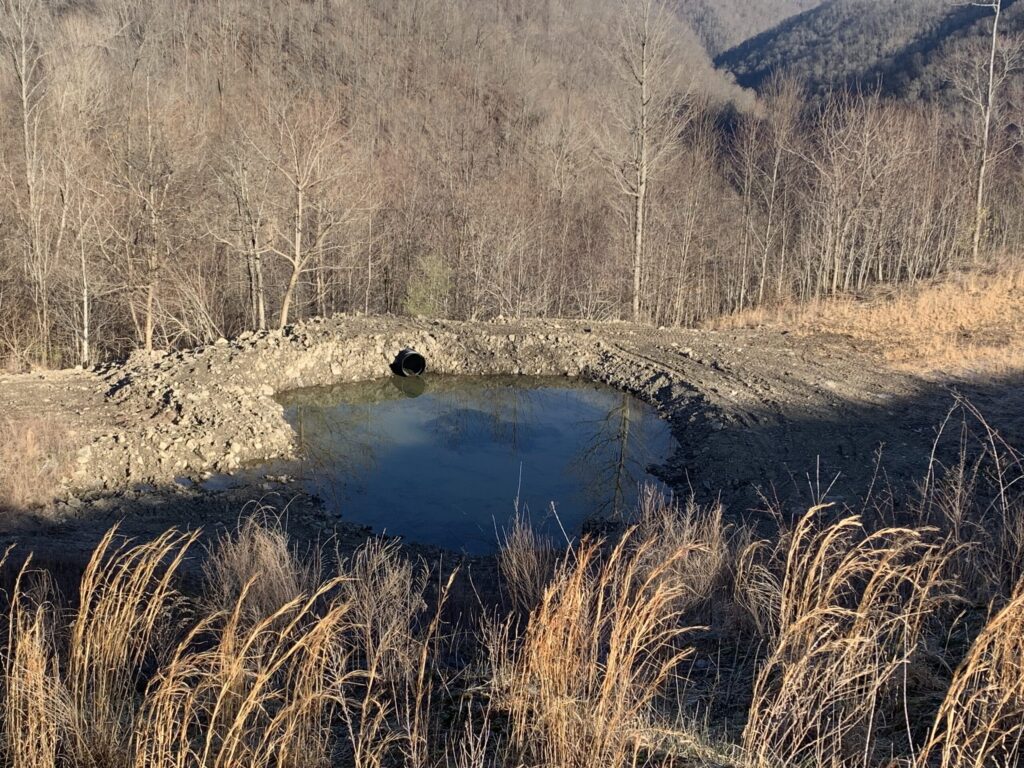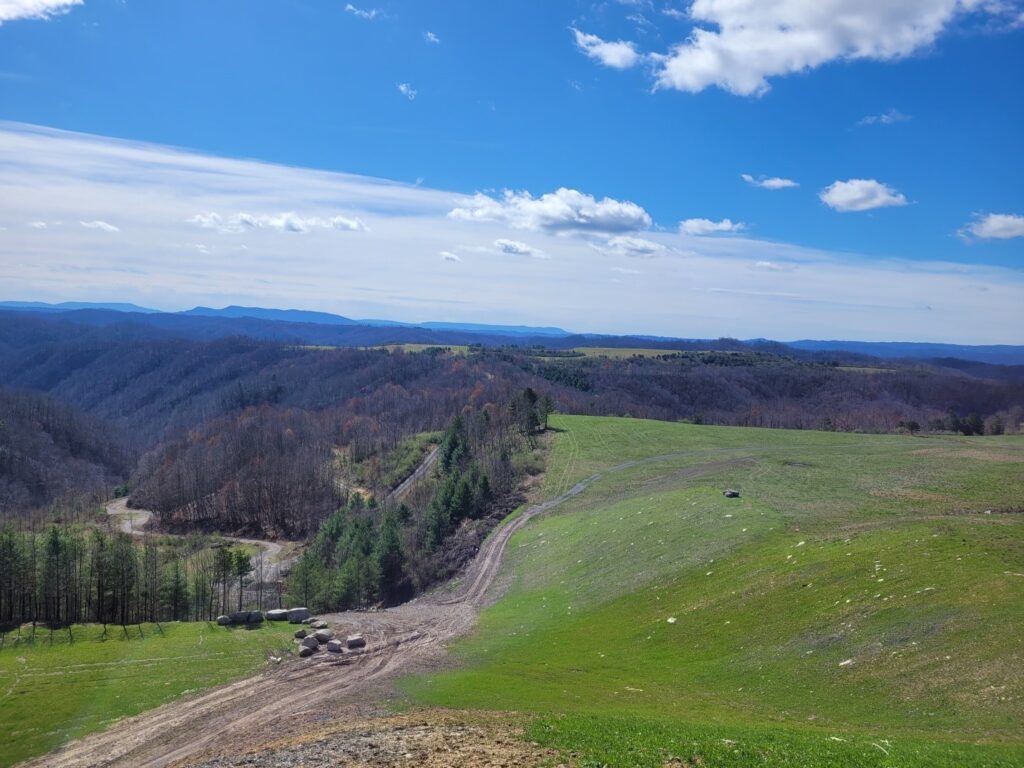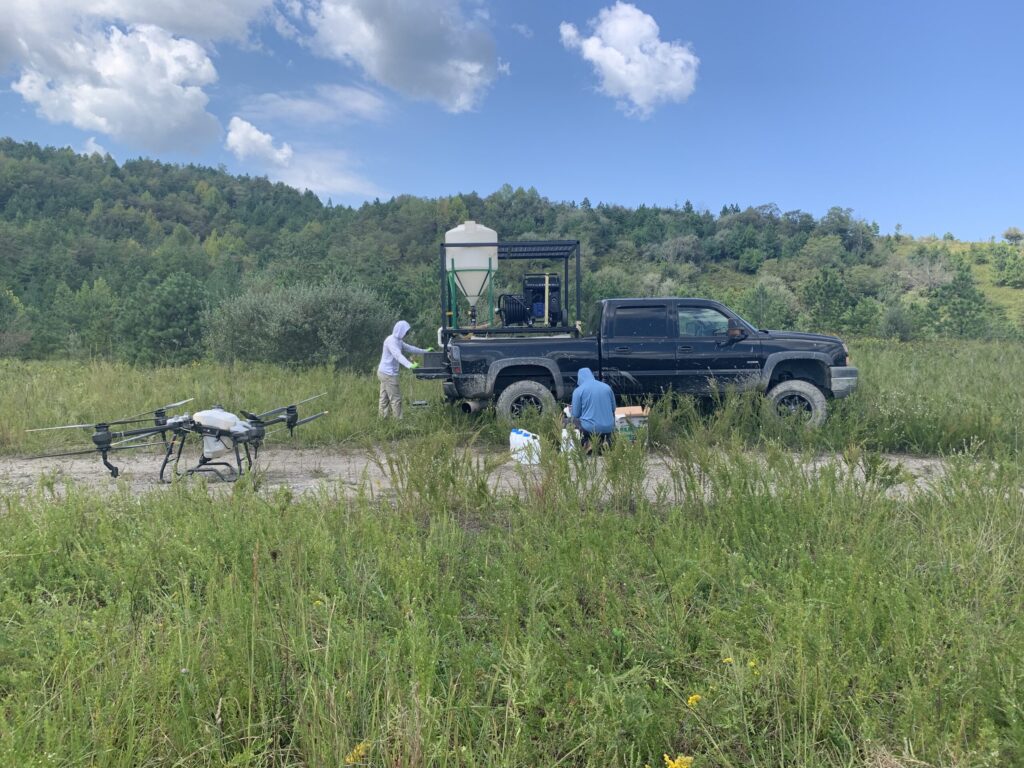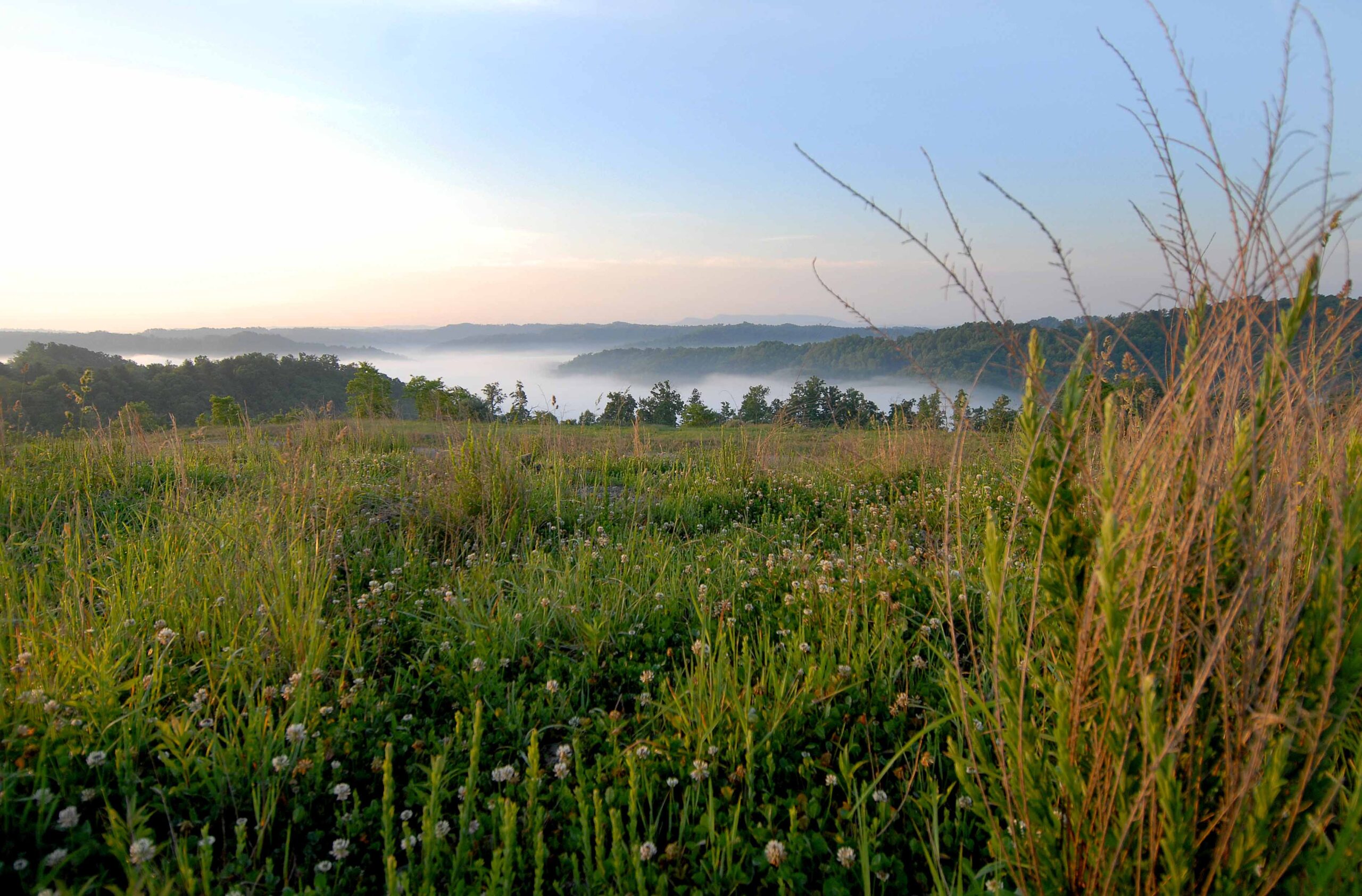Virginia is revered for its historic roots. Home to the first permanent English settlement established in 1607, it became a colony in 1624 and our nation’s 10th state in 1788. It is also the birthplace of eight men who would go on to serve as president of the United States.
Virginia made more history on May 18, 2012, when it restored 11 wild elk to the commonwealth more than a century after they disappeared. Seven more followed the next day. The Rocky Mountain Elk Foundation supplied $300,000 and volunteer manpower to help with the effort.
Fast forward to a decade later in 2022, the state announced its first elk hunt in modern-day history. In preparation for it, the Virginia Department of Wildlife Resources (DWR) awarded RMEF its first-ever elk conservation license, which RMEF raffled off, raising more than $93,000 for conservation.
Along the way and since, RMEF chapters in Virginia planned and hosted fundraising banquets to put dollars back on the ground in their home state to benefit elk and other wildlife species. Below are a few recent examples of habitat stewardship projects supported, in part, by Virginia volunteers’ efforts.
North Fork Pound Lake Prescribed Burn (2023)
Crews ignited a prescribed fire west of Pound, Virginia, and south of Jenkins, Kentucky, along the border shared by the two states in the heart of the southern Appalachian elk range. They used a combination of aerial and ground ignition to burn more than 5,300 acres within the George Washington and Jefferson National Forests. Doing so burned off older, less palatable and nutritious ground cover and replaced it with early seral vegetation leading to improved habitat for elk, deer, black bears, small mammals, turkey, upland birds and songbirds, plus improved hunting opportunity. Watch a video here.
Buchanan County Wildlife Water Development (2023)
To address a lack of permanent water sources within the state’s elk management zone, DWR created eight ponds on three private properties within a few miles of the original Buchanan County elk release site that are also enrolled in the state’s public access program. Crews also cleared 15 acres of invasive vegetation, replacing that with radishes, turnips and clover. The project site was next to a highway under construction that elk use as a travel corridor and creation of suitable habitat adjacent to the highway should reduce elk-vehicle collisions.

War Fork Habitat Enhancement (2023)
RMEF funds bought fertilizer, lime and diesel fuel to improve forage production for elk and other wildlife on 8.52 acres within the elk management zone. Specifically, the work took place in the War Fork area of Buchanan County. Southwest Virginia Sportsmen provided equipment and labor to spread the fertilizer and lime with the help of five RMEF volunteers that donated about 100 hours of labor. The treatment enhances calf production and survival, and overall elk herd health.

Wise County Habitat Enhancement (2024)
RMEF funding helped convert what was formerly stripped-mine land into native grasses and forbs for elk, bobwhite quail and other wildlife. A bulldozer removed invasive and woody vegetation in March to prepare the site for herbicide treatment and hydroseeding. A large drone helped carry out the task.

“There are six chapters and more than 4,000 RMEF members across Virginia and those volunteers who serve in chapter committees are a passionate and productive bunch,” said Kris Lofstrom, RMEF director of eastern operations. “The evidence is a healthy elk herd and a dedication to furthering RMEF’s mission in a place where elk historically roamed.”
Dating back to 1993, RMEF and its partners completed 87 conservation and hunting heritage outreach projects in Virginia with a combined value of more than $2.4 million. These projects conserved or enhanced 7,616 acres of habitat and opened or improved public access to 576 acres.
(Photo credit: Virginia Department of Wildlife Resources)
